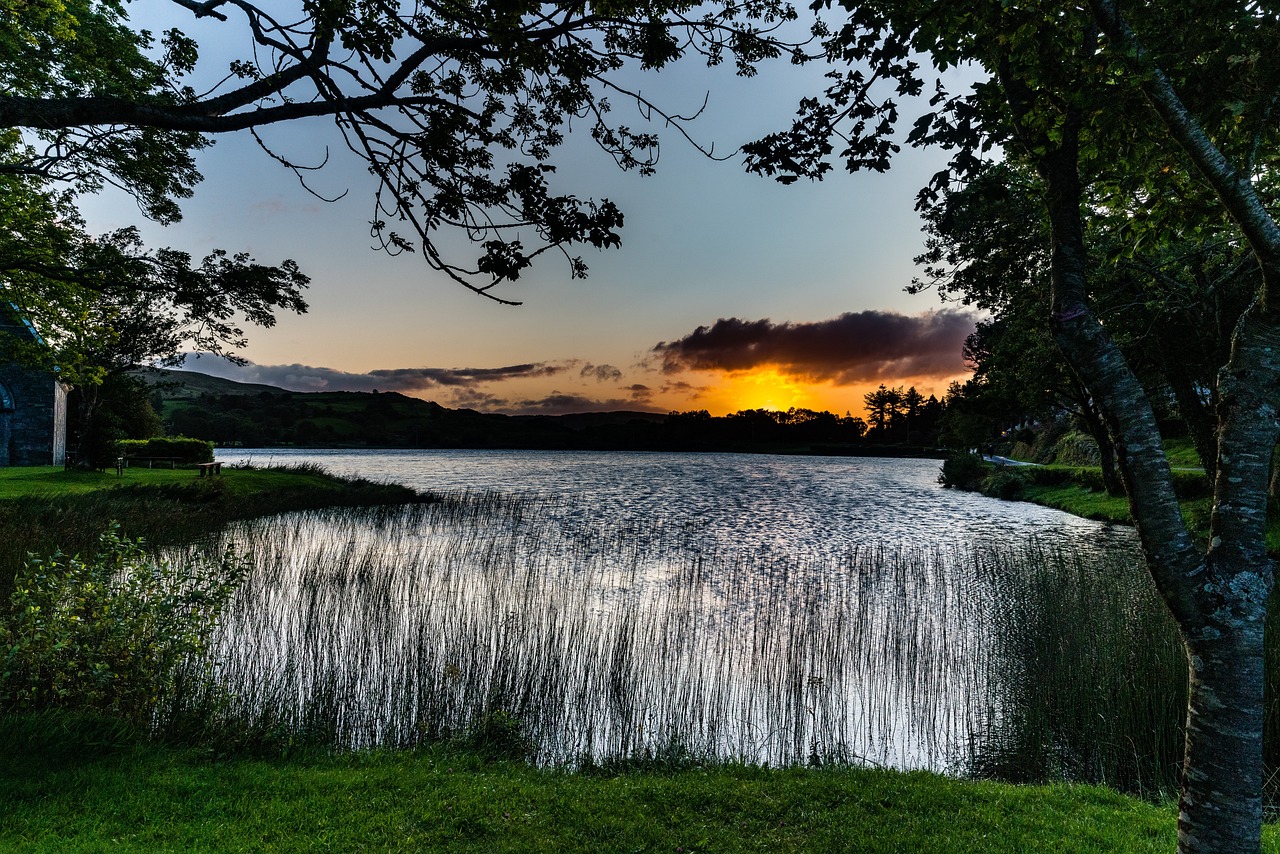Ireland, an island steeped in history and folklore, captivates its visitors with tales passed down through generations. Much of this rich lore is conveyed through oral narratives, linking stories to the very landscapes that inspired them.
The Legend of the Children of Lir
One of the most poignant stories is that of the Children of Lir, prominently tied to the rugged and secluded terrains of north County Mayo, where the siblings were cursed to linger for three centuries. In the wild expanse of Carrowteige, a sculpture honors their tale, echoing the plight faced by countless emigrants from Mayo who left their homes for foreign lands, much like the Children of Lir, with little hope of return.
The Origins of the Tale
The narrative centers on a noble named Lir, who felt slighted after not being crowned king. To mend this rift, the new king, Bodb Derg, arranged for Lir to marry his daughter, Aoibh. Despite an auspicious start, Lir’s happiness was short-lived when Aoibh tragically passed after giving birth to four children: Fionnuala, Aodh, Fiachra, and Conn. After her death, Lir wed again, this time to Aoife, Bodb’s daughter.
As time went on, Aoife grew increasingly resentful of Lir’s affection for his offspring, feeling overshadowed by their bond. Consumed by jealousy, she resorted to dark magic. After contemplating various schemes to eliminate them, Aoife invited the children for a day by the lake, where she ultimately transformed them into swans through a powerful spell.
The Consequence of Betrayal
The curse stipulated that the children would endure three hundred years as swans at Lough Derravaragh, followed by an additional three centuries in the harsh North Channel, and eventually, a final three hundred years on Inis Glora in County Mayo. To maintain a semblance of their humanity, Aoife permitted them to retain their ability to speak and reason.
When Lir discovered the tragic fate of his children after hearing swans sing in human voices, he confronted Aoife. As punishment for her treachery, King Bodb transformed Aoife into an aerial demon, leaving her in a form she dreaded.
The Long Years of Sorrow
The swans’ journey was marked by suffering, enduring the elements and unending separation for nine centuries. Their melodies enchanted the Tuatha De Danann, uplifting spirits during their time at Lough Derravaragh. However, the transition to the frigid waters of the North Channel proved dire, where storms threatened to tear them apart and strip away their vitality.
In their last phase, while suffering on Inis Glora, they prayed for divine intervention, which eventually brought some reprieve. Their years spent on this rocky island were more bearable, characterized by hope and protection.
The Resolution
After the long spell came to an end, the children returned home only to find it desolate and empty. However, they soon heard the toll of a church bell, which would liberate them from their enduring curse. Recognized by a monk (variously identified as St. Patrick), the swans longed to regain their human forms.
However, upon being sought by King Lairgnen, their transformation occurred involuntarily, reverting them to their aged selves. Near death, they asked to be baptized, thereby sealing their fate.
This haunting legend, originating from various sources, including Richard Duffy’s 1883 works, captures a sense of sorrow intertwined with the resilience of the human spirit. As part of a series celebrating Irish folklore, this story shines alongside those of other mythical figures.
Conclusion
The tale of the Children of Lir serves not just as a captivating story of magic and woe but also reflects the emotional journeys of those who find themselves uprooted. It reinforces the deep connections between individuals and their heritage, resonating strongly with many who seek understanding of their past in the beautiful landscapes of Ireland.



